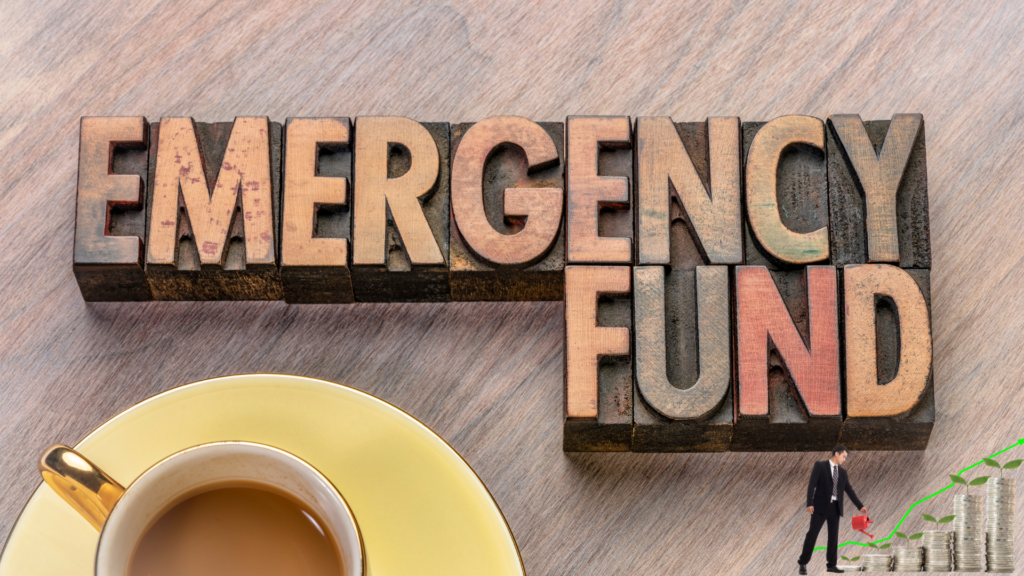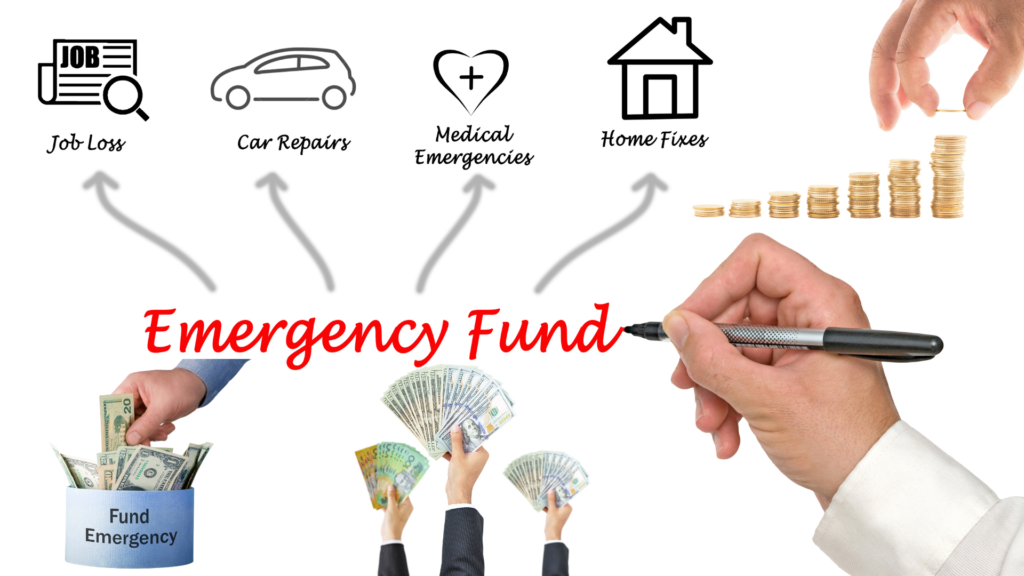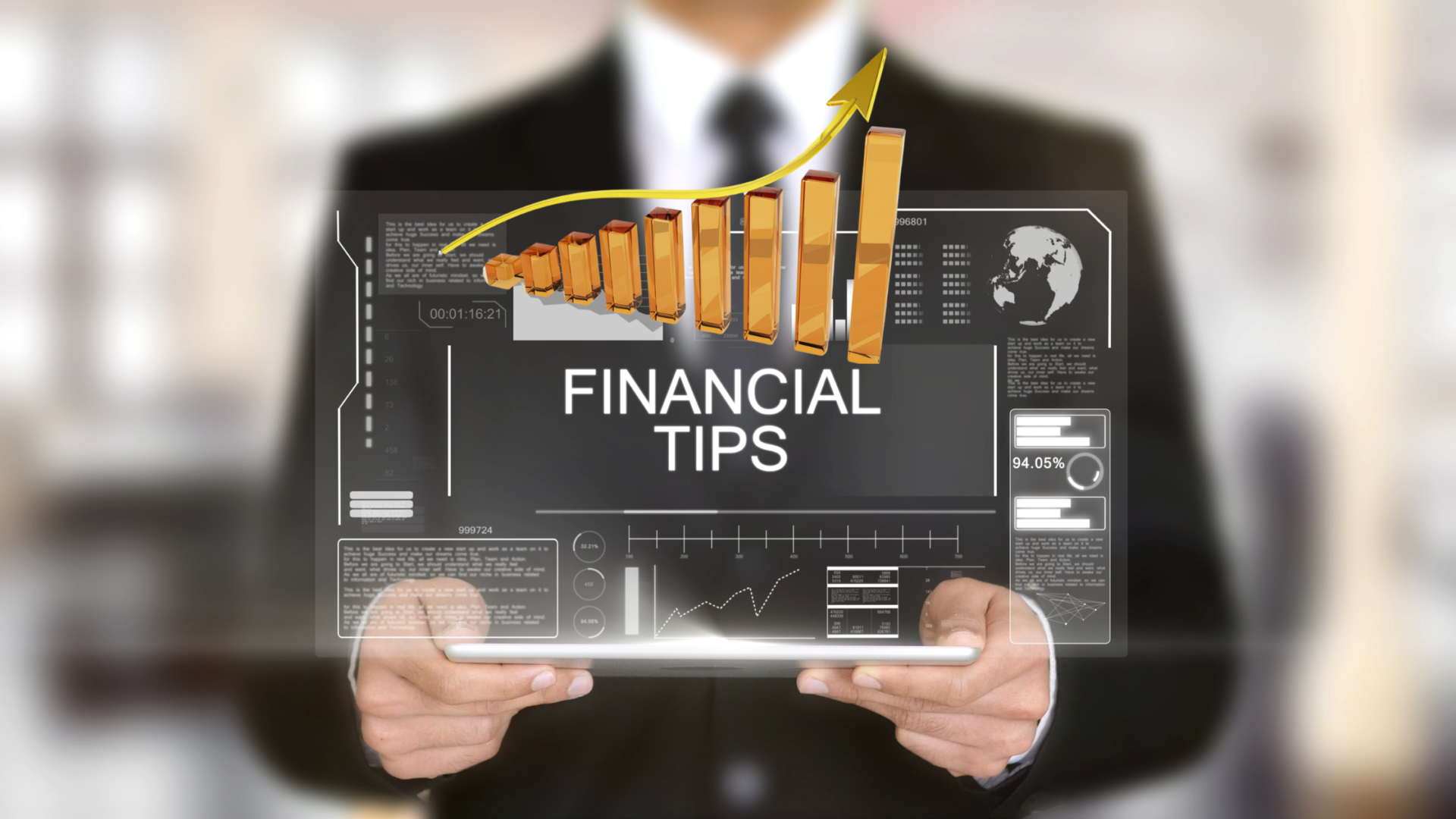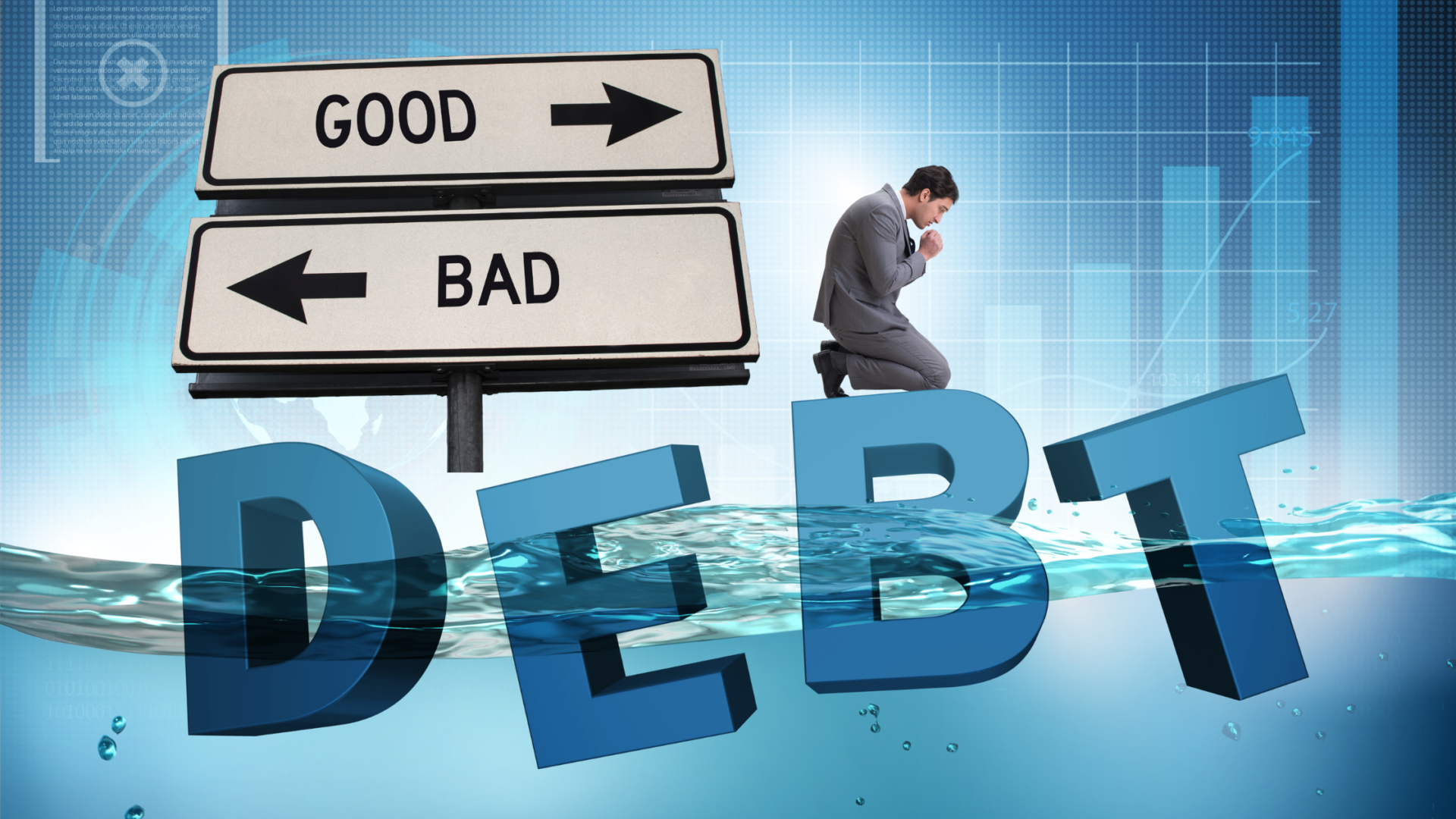Table of Contents
The world is unpredictable and can throw financial emergencies at you at any time. Such cases include a job loss with no prior notice, a medical bill that was not expected to tickle the bank account, and a major car repair that was not planned for. Having an emergency fund is a critical financial safety net that you should endeavor to build and keep to be financially secure.
In this article, we will discuss why you need an emergency fund, how to create one, and how not to lose it. This article will also provide some tips on how to manage your emergency fund properly and ensure that it remains healthy in the long run.
What is an Emergency Fund?
An emergency fund is a specific type of savings account that is used to meet unforeseen expenses or financial needs. A regular savings or investment account is not designed with the level of accessibility that an emergency fund offers. An emergency fund intends to assist you in not getting buried in debt when you are confronted with expenses that you did not see coming. You will be able to use your emergency fund to pay for these expenses without having to reach for your credit cards, loans, or even your family and friends.

Why is an Emergency Fund Important?
An emergency fund is crucial for several reasons:
- Financial Security: Having some money away for emergencies is a plus to have financial stability. You won’t have to panic to raise the required amount and you will not build up a large amount of debt at your bank. This is because you will be in a position to sort yourself out financially and avoid risking your assets.
- Avoid Debt: Due to the absence of an emergency fund, some people are likely to use their credit cards or loans to address unexpected expenses. This results in incurring debts and charges on the interest rates, which are detrimental to the financial recovery process.
- Flexibility During Tough Times: You will be in a position to manage your financial challenges easier whether you are out of a job or need to replace your roof without having to make major changes in your lifestyle or selling your assets.
How Much Should You Save in Your Emergency Fund?
It is a common rule of thumb to save three to six months’ worth of living expenses in your emergency fund. This is cash that is left in your checking or savings account and not invested. This means enough money to cover the essential costs, such as:
- Rent or mortgage payments
- Utility bills
- Groceries
- Transportation costs
- Insurance premiums
- Healthcare expenses
Depending on whether you are self-employed, in an unstable industry, or have dependents, you may have to build up a bigger emergency fund – between 9 to 12 months of expenses. But then again, if you have a stable job and good family and friends to support you during your time of need, three months’ worth of expenses may be enough.
How to Build an Emergency Fund
It may take time and discipline to build an emergency fund, but if you do it slowly, you can finally save enough to cover financial emergencies.
1. Start Small and Build Over Time
If three to six months’ worth of expenses seems like too much to save, don’t save that. Instead, set a goal of saving $500 to $1,000 to get through small emergencies—like car repairs or medical bills. Once you reach that goal, then continue to add to it until you have enough to last you several months’ worth of expenses.
2. Set a Monthly Savings Goal
Be conscious of setting reasonable goals, and keep to your monthly target within your budget to stay on track. For example, if you are just starting, you might want to consider saving $50 to $100 per month. Any money that can be saved over and above the determined plan should be attempted, as lessening the time needed to reach one’s savings goal is always rewarding
As in your example: $3,000 saved in a year means saving $250 per month. By breaking your overall savings goal into monthly rewards, you will feel like you have something to conquer you can achieve.
3. Automate Your Savings
When keeping an emergency fund, automated savings is one of the easiest ways to do it. Set up an automatic monthly transfer from your checking account to the emergency fund. Thus, you’ll always be quietly saving without the temptation of spending the money on other needs.
If your employer offers the option for direct deposit, try to set up a certain percentage of your paycheck to go directly into the emergency fund. The less manual intervention, the more automation provides you with a realistic discipline for ongoing savings.
4. Cut Unnecessary Expenses
Finding extra cash to contribute to your emergency fund may involve giving up on some non-essential expenses. Revisit your budget and see where you can cut costs. Areas that can be cut may include:
- Dining out: Eating in rather than dining out.
- Entertainment subscriptions: Stop or put on hold a streaming startup, gym membership, or magazine subscription you don’t use regularly.
- Luxury purchases: Delay new clothes, gadgets, and home decor until there’s enough in the emergency fund.
A quicker completion of your goal will be ensured by reallocating savings from these payments to your emergency buffer.
5. Use Windfalls to Boost Your Savings
These windfalls can come mainly in the form of tax refunds, bonuses from work, or monetary gifts: they give a nice boost to your emergency fund. If at all you get these extra cash windfalls, do not spend them immediately on discretionary expenses but rather use them to boost the progress of your savings. Contributing all or part of these unexpected funds to an emergency fund will get you closer to your savings goal much faster.
6. Sell Unused Items
Another way to accelerate emergency fund growth is through selling unwanted items. Selling just about anything from ancient electronics to clothes and furniture on eBay, Craiglist, or Facebook Marketplace can help add some extra cash into savings. This way of going about things helps unclutter the house while offering some financial protection.

How to Maintain Your Emergency Fund
However, after building an emergency fund, it becomes important to maintain it over time. Here are some tricks to keep your emergency fund untouched and available whenever necessary.
1. Keep Your Emergency Fund Separate
In a bid to keep the temptation at bay, it is worth suggesting that the emergency funds must be kept in a savings account separate from the regular checking account to avoid usage for all non-emergencies. A high-yield savings account with convenient access would be the best choice, earning interest at the same time. It acts as a psychological disincentive, withholding its usage for anything but emergencies and making it harder for you to justify using that money for non-essential things.
2. Replenish Your Fund After Using It
Whenever one needs to withdraw from an emergency fund, the priority must be to refill that account. Then, once an emergency is over, revert to the normal savings routine and restock that emergency fund to its original levels so that it becomes available for future emergencies.
3. Review and Adjust Your Fund as Needed
With the ups and downs of your finances, it would be wise to amend your emergency funds downwards or upwards. For example, if you were to be lucky with a raise or children, or unlucky by taking on a mortgage, you would increase your savings to cover the increase in living expenses.
Conversely, if your costs were to lessen, a lesser fund could be acceptable too. Check your fund every year to ensure it corresponds with your financial needs!
When to Use Your Emergency Fund
An emergency fund refers to an exceptional case or special fund reserved for real emergencies. These emergencies can include unforeseen circumstances that can mess up finances, and they can include:
- Loss of Job or Less Income: Hiring cuts or losing a job can drastically affect one’s ability to keep up with basic expenses. Emergencies such as these will need to be funded by the emergency fund until the individual recollects some employment.
- Medical Emergencies: When an unexpected surgery needs to be carried out with little notice, or when a hospital admission becomes necessary, the financial expenses do build up quickly. Here’s where an emergency fund helps since there would be no need to rely on credit cards or loans.
- For Major Repairs: Be it an urgent need such as plumbing repairs in your place or a breakdown of the car just when you need to travel, those expenses can be brought down to a minimum level without involving the foreign debt system or loans as the emergency fund will suffice.
- Family Emergencies: Funds for traveling to visit a relative who is very ill or has passed away are also valid uses of emergency fund allocations.
There is a need for a proper definition of emergencies in contrast to non-urgent expenses. It is not to be seen as an emergency if a sale happens at your favorite store or a vacation opportunity suddenly arises.
Final Thoughts
The implementation and continuous practice of an emergency fund are very important in one of the wellness components of finances. Open a savings account to deposit those sudden expenses, giving that space to live debt-less through tough times or harder years. Start small, automate the deductions, and keep adding. Every time you empty part of the emergency fund, replenish the amount. Remember, it’s an emergency fund. If well thought out and organized, the emergency buffer will serve you well in life.
FAQs:
1.How much money do I really need to save in my emergency fund, and does it depend on the kind of person I am?
A: As a general rule of thumb, one should save anything from 3 to 6 months’ worth of living expenses. It may be affected in either direction by one’s lifestyle, job stability, and financial responsibilities. For instance, freelance income or anyone with irregular cash flow may want to bump it up to 6 to 12 months, while someone with an essentially stable position may see no problems with a 3- to 6-month reserve.
2. Where should I store the emergency fund to keep it accessible but also able to grow?
A:You should keep your emergency fund accessible for times of unexpected expenses. A good alternative would be a high-yield savings account or a money market account, which would generally provide higher returns than a traditional savings account without compromising the quick access you need to your funds.
3. Am I allowed to take my emergency fund for spending on things like a vacation or a gadget?
A: Emergency funds should only serve real emergencies, such as medical expenses or repairs to a vehicle, or in cases of unexpected job loss. Using funds for other unnecessary expenditures would defeat the purpose of an emergency fund, leaving you exposed when a real crisis strikes.
4. What are my options for rebuilding the emergency fund after using it?
A: The first step is to set a realistic savings goal for the money you need to put back into the fund every month. Then temporarily cut back on all unwanted expenses and consider applying any bonuses, tax refunds, or side income toward replenishing your emergency fund until it reaches its intended amount.







Thank you
Where should I keep my emergency fund any suggestion much appreciated?
It’s best to keep your emergency fund in a high-yield savings account that is easily accessible. This way, your money can earn interest, but you can also quickly access it in case of an emergency. Hope this helps 😊